 Casting a long shadow over the vast expanses of the “Alien” universe is the Weyland-Yutani corporation, a gluttonous mega-company that prioritizes profit over people and pursues corporate goals with little regard for the catastrophic consequences.
Casting a long shadow over the vast expanses of the “Alien” universe is the Weyland-Yutani corporation, a gluttonous mega-company that prioritizes profit over people and pursues corporate goals with little regard for the catastrophic consequences.
“Alien: Romulus,” the franchise’s seventh standalone installment, is no different. Again, the morally corrupt corporation sends man on a collision course with alien.
The film revolves around six oppressed young adults–orphans on a world devoid of any light–yearning to escape certain death in the Weyland-Yutani mines, a fate they’ve seen too many of their family and friends succumb to.
In this darkness, the abandoned Romulus space station is a beacon of light. Provisioned with the resources needed to flee to another world, Romulus offers the six the chance to escape the servitude they were born into.
“Romulus,” set between the events of “Alien” (1979) and “Aliens” (1986), arguably the best films in the series, returns the franchise to its origins.
It veers from the allegorical (and controversial) “Prometheus” (2012) and “Alien: Covenant” (2017), revisiting the formulas that made the first two films so stellar.
Where the casts of “Prometheus” and “Covenant” were star-studded, featuring names like Michael Fassbender, Idris Elba, and James Franco, “Romulus” features a cast of relatively unknowns.
The casting of Cailee Spaney as Rain is reminiscent of Sigourney Weaver as Ripley in “Alien,” as Weaver had just a handful of minor credits before becoming the series breakout star.
The decision is intentional as the franchise tries to get back to basics here, as Rain transforms into a heroine tasked with saving her blue-collar friends (that abandoned space station wasn’t abandoned after all).
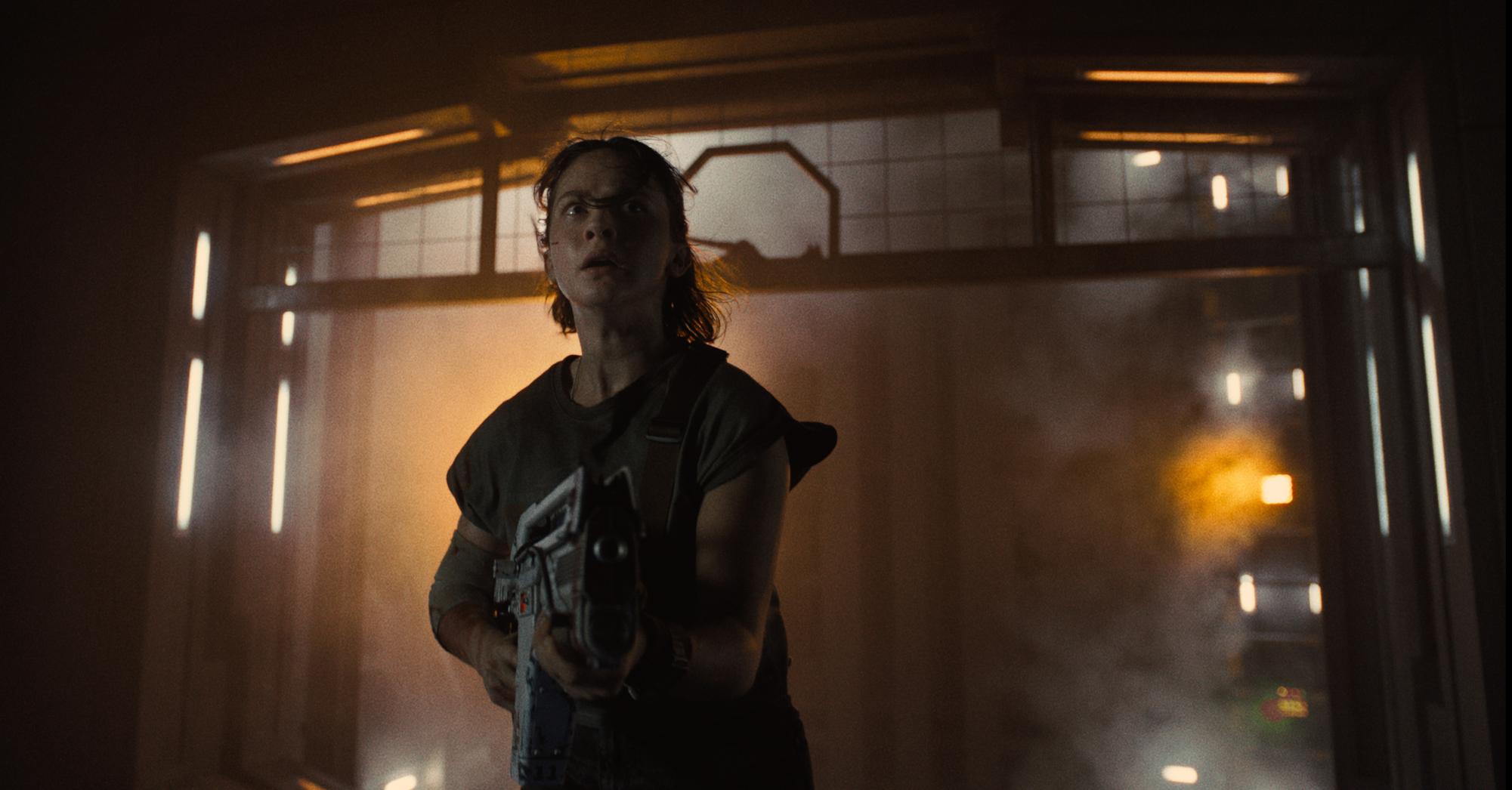
Promotional Still Courtesy of: 20th Century Films
“Romulus” succeeds in following the beats of the franchise’s first two films while inserting enough variation to make it feel original.
The casting decision is wise, as it helps the characters feel more human. Their performances aren’t eclipsed by the baggage of previous roles; instead, they invite viewers to see the character, not the actor.
It also makes them feel vulnerable.
Characters aren’t protected by the marquee name behind them. As a genre-film, this casting brings an element of unpredictability to the screen, making it harder for audiences to guess who will survive until the final frame. The actor’s anonymity injects a sense of real danger into the narrative, heightening the suspense as viewers are left guessing who will make it through the next pulse-pounding alien encounter.
“Romulus’s” first act works to establish and flesh out its characters, like “Aliens” before it; the film develops the core characters as individuals and as a group. There is Rain’s surrogate brother Andy, her ex-boyfriend Tyler, Tyler’s pregnant sister Kay, Kay’s cousin Bjorn, and his girlfriend Navarro.
The characters have real relationships that are strongly intertwined, something that gives them authentic motives and elevates the film’s stakes. With the plot familiar and thin: six people are trapped on a space station with an alien killing machine and have to fight to escape–the character’s drive the story.
The investment in character results in an invested viewer. No one feels expendable in this horror film, which only heightens the tension. It feels like around each twist, and turn of the space station’s cramped corridors lies one of the franchise’s iconic hunters–a xenomorph in waiting.
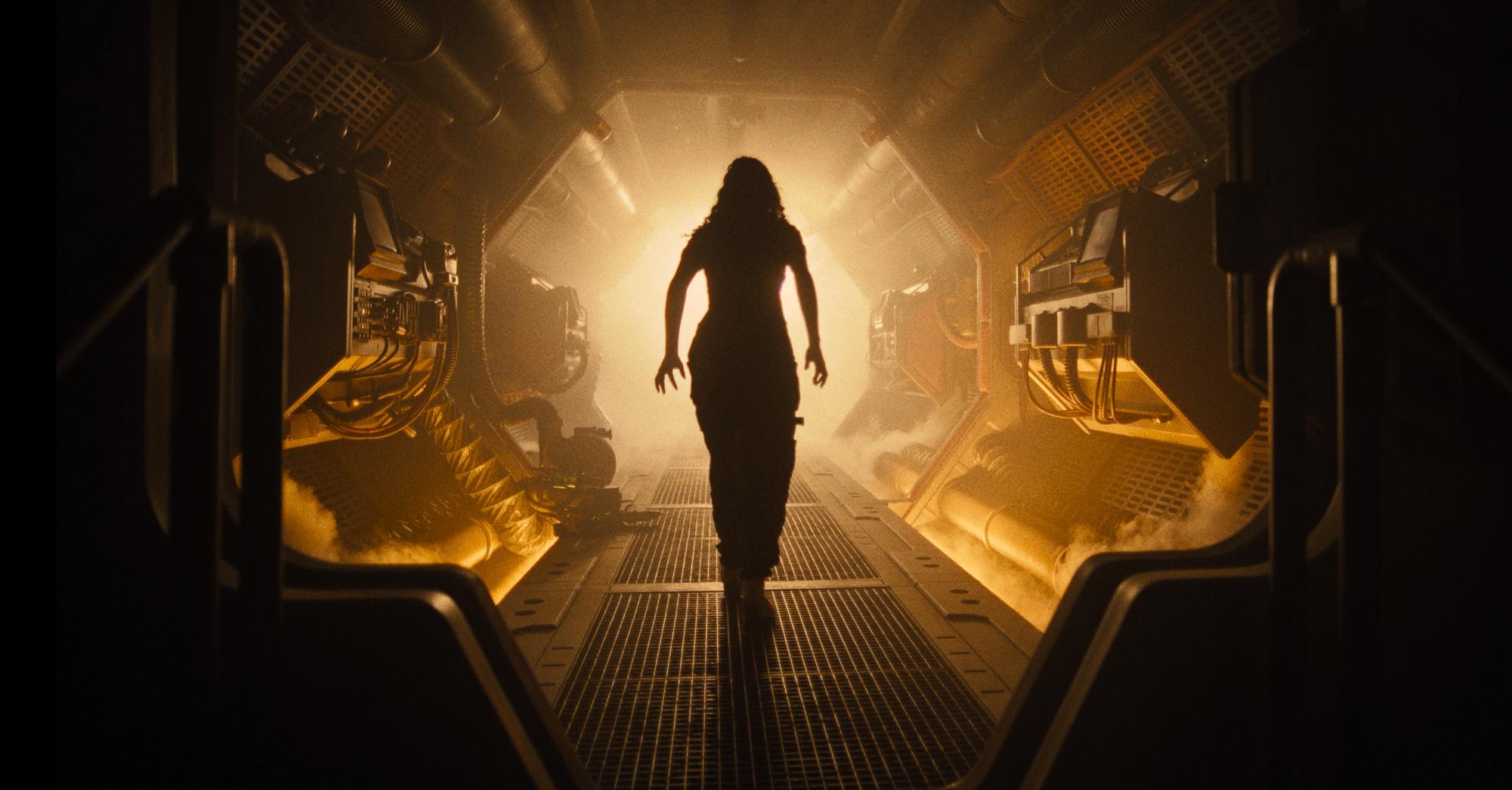
Promotional Still Courtesy of: 20th Century Films
It feels exhilarating.
At this point in the franchise–how do you shock viewers? Acid blood, razor-sharp tails?
We’ve seen each phase of the alien lifecycle—face-huggers, chest bursters, xenomorphs—waiting to bring death.
Even in its seventh installment, filmmakers Fede Álvarez and Ridley Scott find a way to make the old new again, terrifying audiences in new ways.
“Romulus” is a testament to the power of practical effects. After featuring CGI xenomorphs in “Covenant,” this film’s creatures are practical.
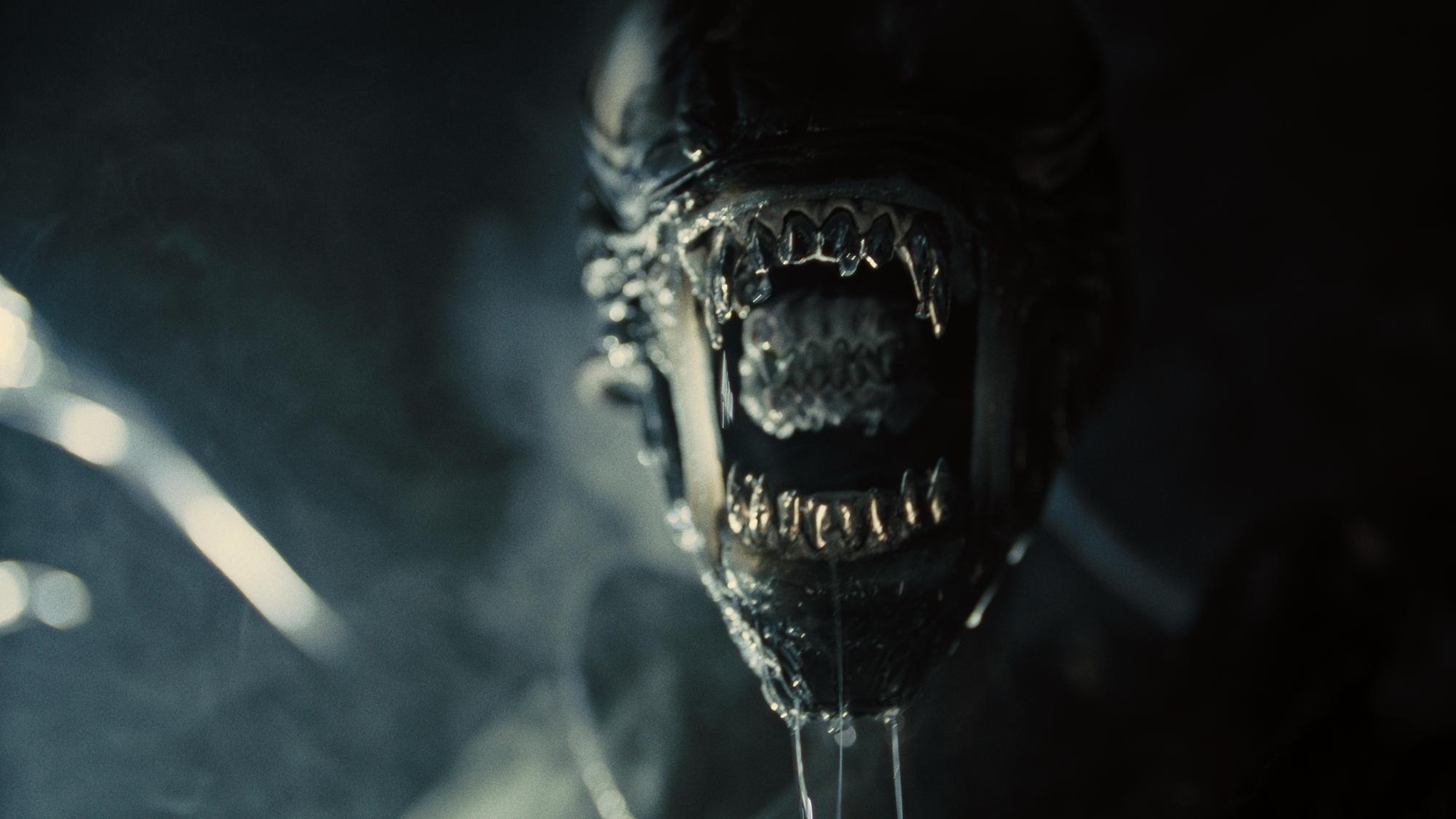
Practical effects, Álvarez said, “age well when you do it that way.”
The choice pays off, adding a level of realism that compounds the film’s horror. The practical effects enhance not only the look and feel of the aliens but also the performances of the actors interacting with them.
In doing so, “Alien: Romulus” proves that going back to basics doesn’t have to be basic, helping the franchise take an evolutionary step forward while being absolutely terrifying.



![Community honors longtime coach Mr. Bryan Thomas before Oct. 3 game [photo gallery]](https://nchsinkspot.com/wp-content/uploads/2025/10/Thomas-6-1200x1200.jpg)






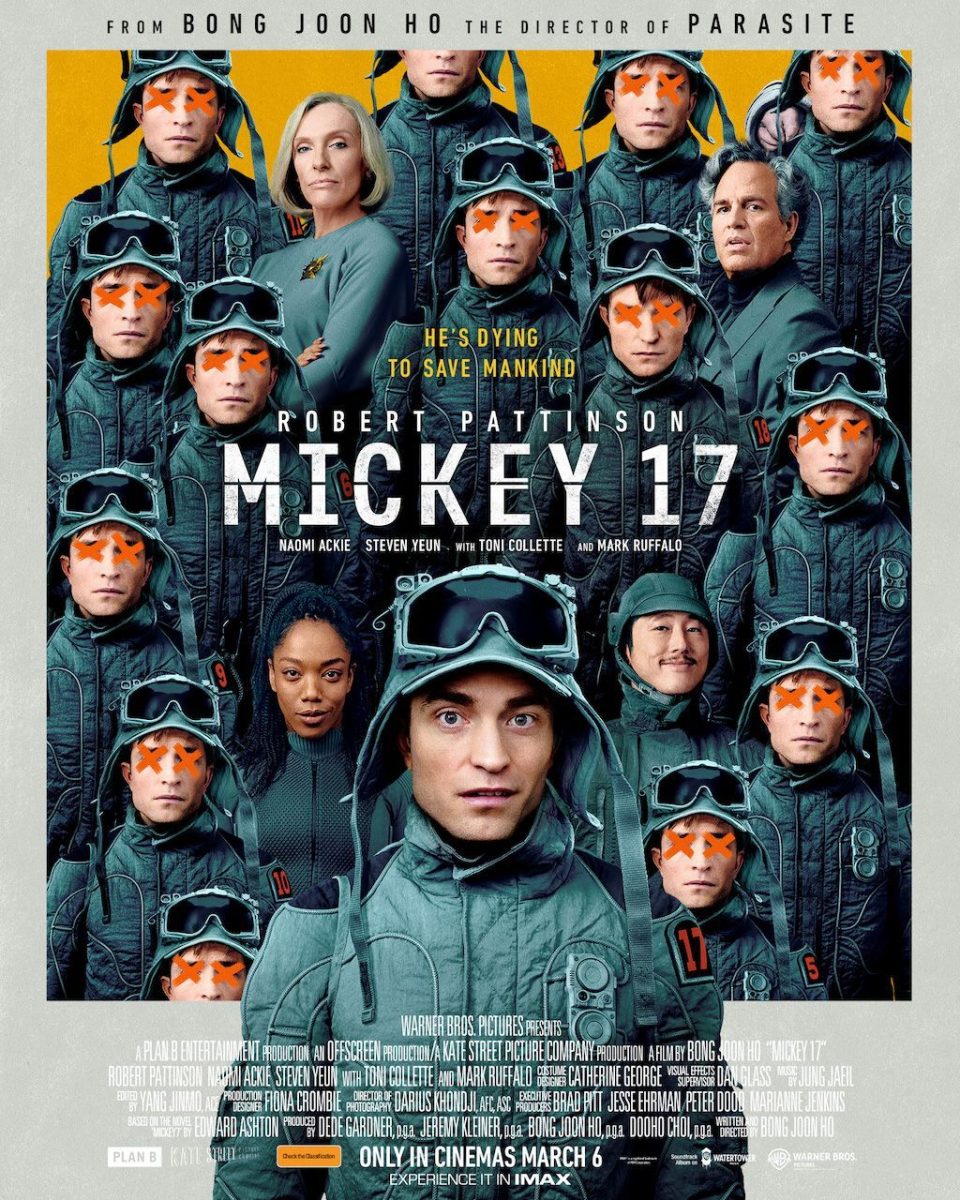



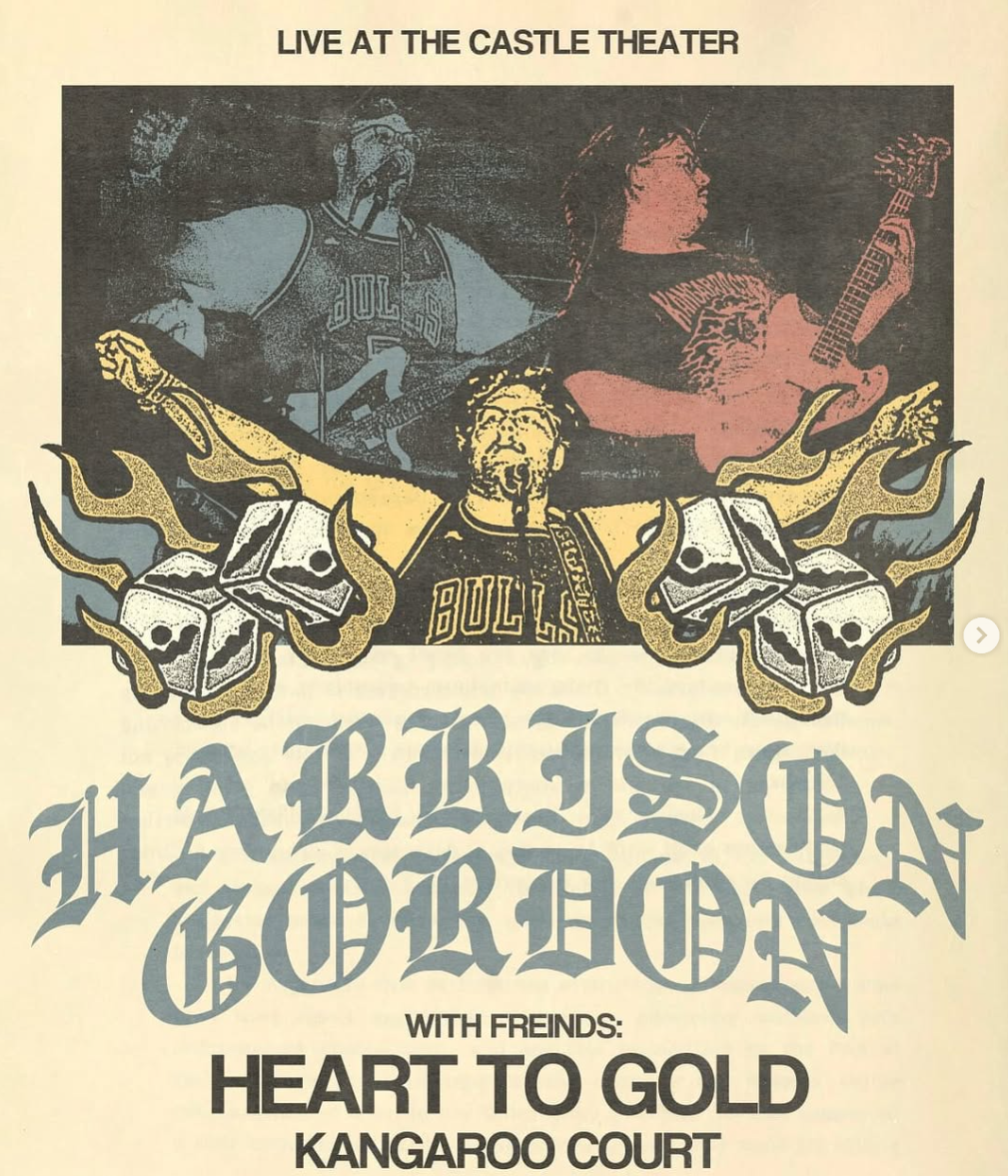






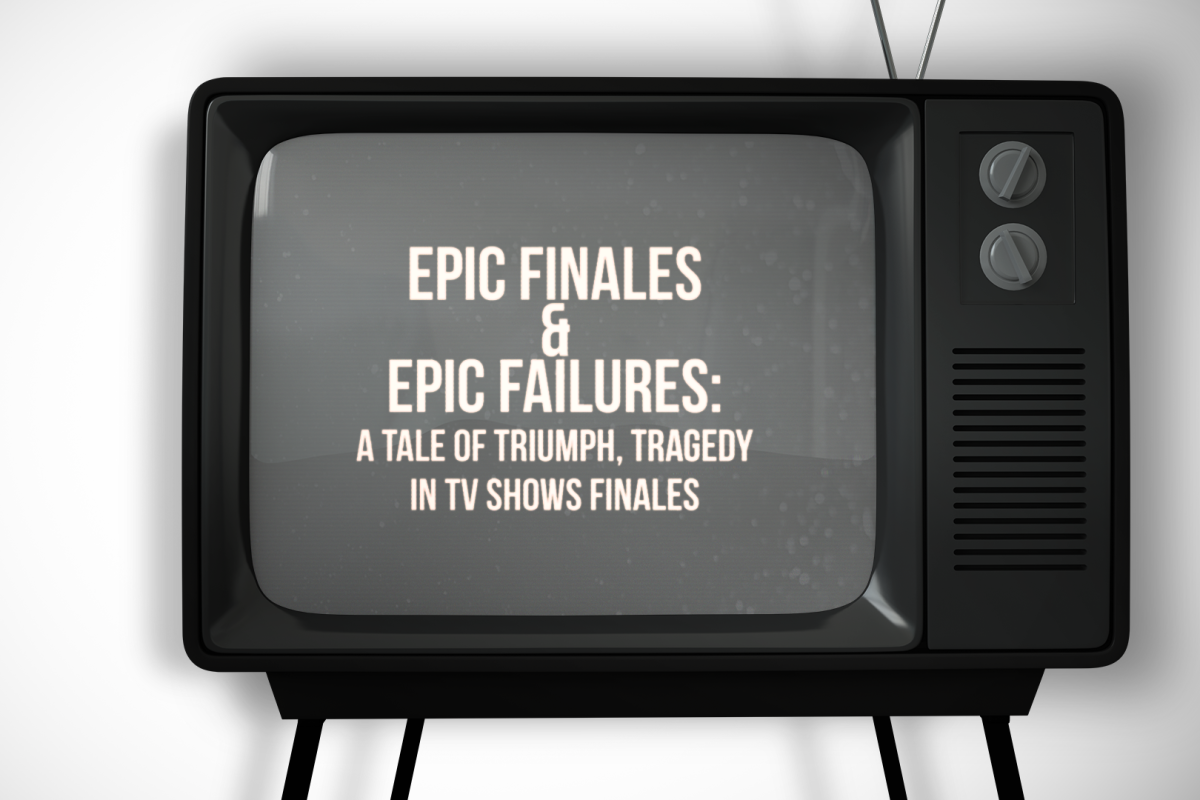








![Ironmen volleball head coach Ms. Christine Konopasek recorded her 400th career victory Oct. 21 as the Ironmen closed their regular season with a 2-0 sweep over Danville.
[Photo Illustration]](https://nchsinkspot.com/wp-content/uploads/2025/10/Vball400Thumb.png)
















![Halloween candy cross section quiz [quiz]](https://nchsinkspot.com/wp-content/uploads/2022/10/Candy-cover-big-900x675.png)
![Average Jonah? [quiz]](https://nchsinkspot.com/wp-content/uploads/2022/05/average-jonah-900x600.png)





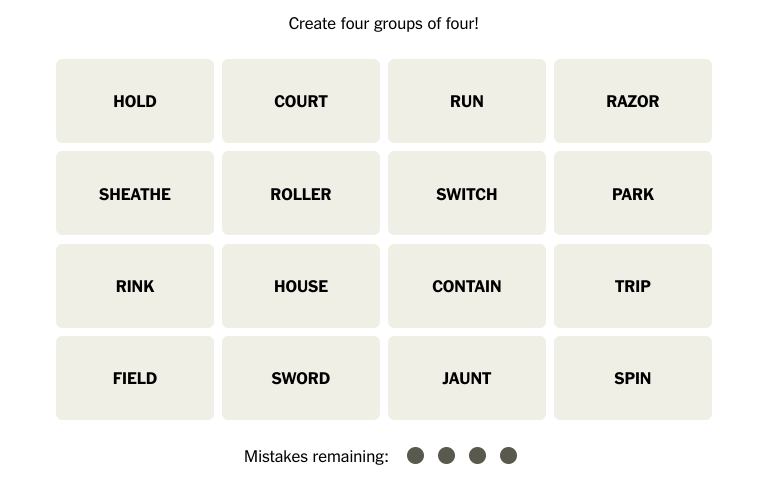

![[Photo Illustration]](https://nchsinkspot.com/wp-content/uploads/2025/09/trigger-words-1.png)








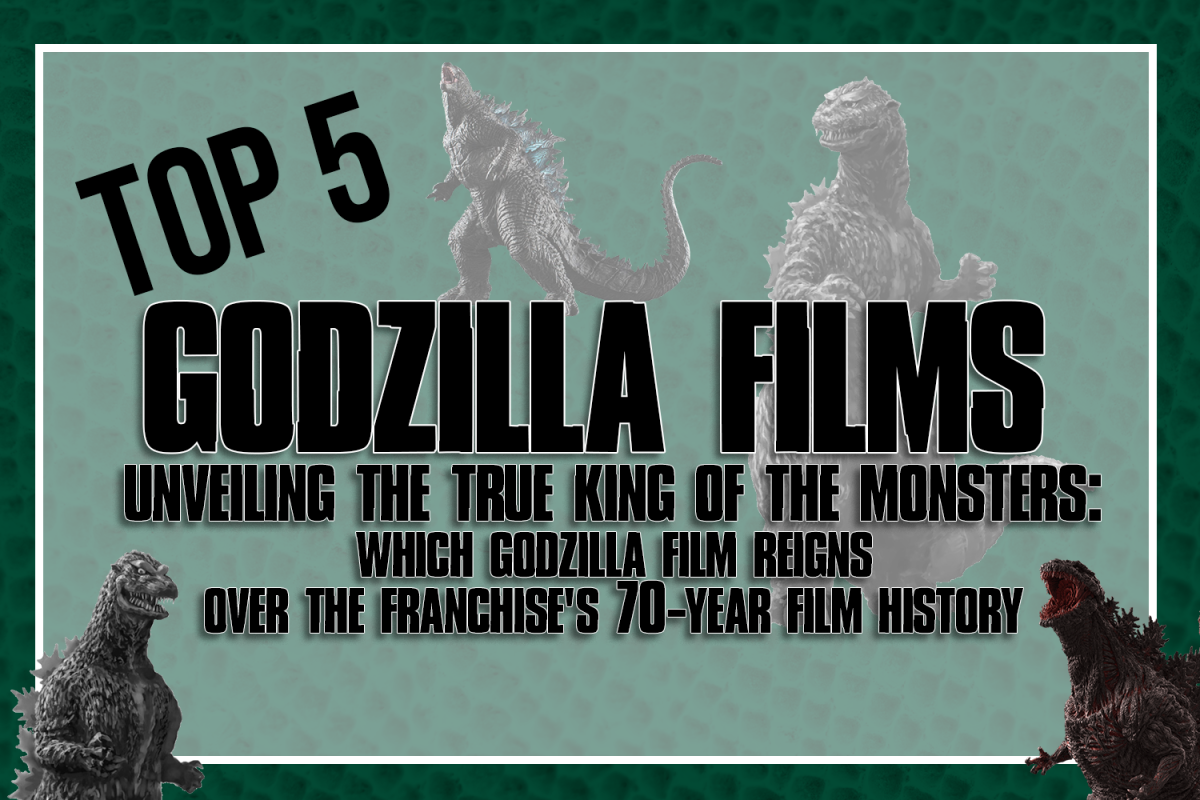

![Week 9: Coach Drengwitz on Week 8’s win, previewing Peoria High [video]](https://nchsinkspot.com/wp-content/uploads/2025/10/W9_PeoriaThumb.png)
![Postgame: Drengwitz on Community’s 56-6 win over Champaign Centennial; staying unbeaten in Big 12 [video]](https://nchsinkspot.com/wp-content/uploads/2025/10/10.17_FBwChampCent56-6_POST_thumb.png)







![Week 7: Coach Drengwitz recaps the Ironmen’s win over Bloomington, talks Danville [video]](https://nchsinkspot.com/wp-content/uploads/2025/10/Vikings-feature-Image-1200x675.png)
![On the Spot: This or That – Halloween [video]](https://nchsinkspot.com/wp-content/uploads/2024/10/tot-Halloween-YT-1200x675.png)
![On the Spot: This or That – Fall favorites [video]](https://nchsinkspot.com/wp-content/uploads/2024/10/ots-fall-web-1200x800.png)
![On the Spot – Teachers tested on 2023’s hottest words [video]](https://nchsinkspot.com/wp-content/uploads/2024/01/On-the-Spot-Teachers-tested-1200x675.png)








![‘Alien: Romulus’ returns to franchise roots [review]](https://nchsinkspot.com/wp-content/uploads/2024/08/romulus_instagram_payoff_poster_united_kingdom_12_dd56170b.jpeg)